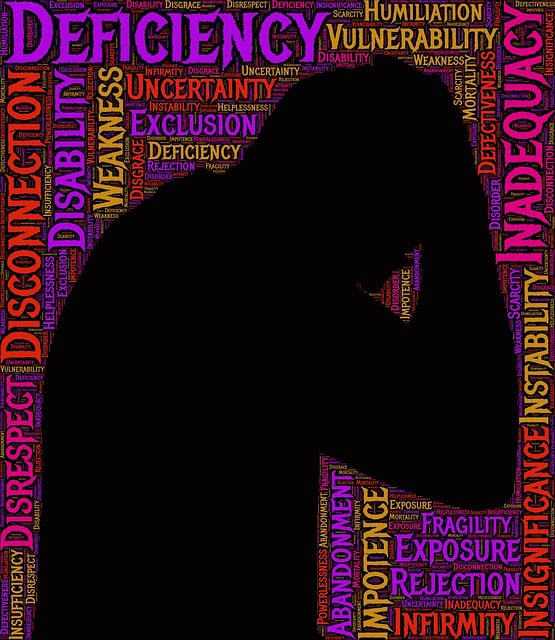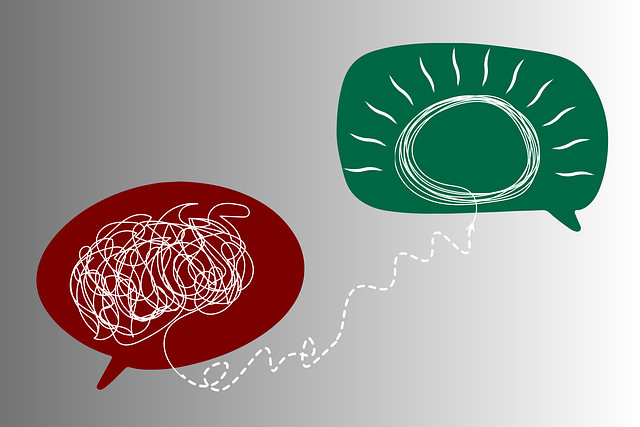Public awareness campaigns targeting phobias in young adults leverage social media, podcasts, and community events to dispel myths, foster understanding, and encourage early intervention. These campaigns focus on education, empathy, and normalizing mental wellness conversations to reduce stigma and provide support. By integrating self-care routines, engaging content, and peer influencers, they promote proactive mental health management among young adults. Success is measured through behavioral changes, adoption of self-care practices, and improved attitudes towards available therapy options for phobias.
Public awareness campaigns play a pivotal role in shaping societal attitudes, especially regarding mental health issues like phobias. This article delves into the intricacies of designing impactful initiatives targeted at young adults. We explore unique strategies for addressing phobias, focusing on content creation that resonates with this demographic. By leveraging digital platforms, we discuss how to reach and engage young adults effectively. Additionally, we present evaluation metrics to measure the success of therapy-focused campaigns aimed at fostering mental well-being among young people.
- Understanding Public Awareness Campaigns: Their Role and Impact on Society
- Targeting Young Adults: Unique Considerations for Phobia-Related Campaigns
- Effective Strategies for Developing Engaging Content
- Leveraging Digital Platforms to Reach and Engage Younger Demographics
- Measuring Success: Evaluation Metrics for Therapy-Focused Campaigns
Understanding Public Awareness Campaigns: Their Role and Impact on Society

Public awareness campaigns play a pivotal role in shaping societal perceptions and behaviors, especially regarding mental health issues like phobias. These initiatives serve as a powerful tool to educate, inform, and inspire action among the general public. By leveraging various communication channels, such as social media, community events, and Mental Wellness Podcast Series Production, these campaigns can effectively dispel myths, foster empathy, and encourage early intervention.
In the context of young adults grappling with phobias, awareness campaigns offer much-needed therapy by promoting understanding and support. They help in normalizing conversations around mental wellness, encouraging individuals to seek help without stigma. Through Empathy Building Strategies and Mind Over Matter Principles, these campaigns can transform societal attitudes, ultimately leading to improved access to resources and better outcomes for those facing phobias or other mental health challenges.
Targeting Young Adults: Unique Considerations for Phobia-Related Campaigns

Targeting young adults in public awareness campaigns about phobias requires a nuanced approach that respects their developmental stage while addressing unique challenges. This demographic often faces heightened stress from academic pressures, social media exposure, and peer dynamics, which can exacerbate existing phobias or trigger new ones. Therefore, campaigns should integrate strategies for self-care routine development for better mental health, emphasizing the importance of mental wellness among young adults.
Incorporating elements like engaging social media content, interactive online platforms, and relatable narratives can capture their attention and encourage open conversations about therapy for young adults with phobias. A mental wellness podcast series production targeting this audience could include expert insights, personal stories, and practical tips tailored to their age group. This multi-faceted approach not only raises awareness but also fosters a supportive environment where seeking help for phobias is normalized and encouraged.
Effective Strategies for Developing Engaging Content

Creating compelling content is key to successful public awareness campaigns, especially when addressing sensitive topics like phobias in young adults. Incorporating strategies that resonate with the target audience can significantly enhance engagement and knowledge retention. One effective approach is storytelling—sharing personal narratives of individuals who have overcome specific phobias. These stories not only provide a human connection but also offer hope and inspiration to those facing similar challenges, encouraging them to seek therapy for young adults’ phobias.
Additionally, integrating educational elements that simplify complex concepts can make the content more accessible. For instance, explaining the role of emotional intelligence (EI) in managing phobias can empower young adults to recognize and regulate their emotions during therapeutic processes. Moreover, providing practical tips on risk management planning for mental health professionals ensures that viewers understand the importance of safety protocols when seeking treatment. This multi-faceted strategy caters to various learning styles, ultimately fostering a deeper connection with the campaign’s message.
Leveraging Digital Platforms to Reach and Engage Younger Demographics

In today’s digital era, leveraging online platforms offers a powerful way to reach and engage younger audiences, especially when addressing topics like therapy for young adults with phobias. Social media, content-sharing websites, and interactive apps can act as effective tools to break down barriers and reduce the stigma surrounding mental health issues. By creating engaging content, utilizing influencers or peers who have overcome similar challenges, and offering accessible resources, these platforms enable open conversations about anxiety, stress management, and mood management. This approach is particularly beneficial for reaching those who might be hesitant to seek traditional therapy but are receptive to digital interventions.
Furthermore, online spaces can facilitate peer support groups and community-building activities that foster a sense of belonging. Encouraging young adults to share their experiences, develop self-care routines for better mental health, and learn from one another’s journeys can significantly impact their overall well-being. This digital engagement not only provides an outlet for expression but also empowers individuals to take charge of their mental health by equipping them with tools for stress management and promoting a proactive mindset.
Measuring Success: Evaluation Metrics for Therapy-Focused Campaigns

Measuring success is a critical aspect of public awareness campaigns, especially when addressing sensitive topics like phobias in young adults. Evaluation metrics should go beyond simple reach and engagement to assess the impact on behavioral changes and improved mental health outcomes. A comprehensive approach could include pre- and post-campaign surveys to gauge shifts in attitudes and knowledge related to therapy options for young adults with phobias. Additionally, tracking the adoption of self-care routines developed through campaign messaging can provide insight into long-term engagement.
Key performance indicators (KPIs) might involve monitoring the number of individuals seeking therapy or counseling services specifically tailored to address youth phobias, as well as the utilization of compassion cultivation practices and self-care routines promoted during the campaign. These metrics not only demonstrate campaign effectiveness but also offer valuable data for refining future initiatives aimed at fostering better mental health among young adults.
Public awareness campaigns play a pivotal role in educating and empowering young adults, a demographic often susceptible to phobias. By understanding their unique needs and leveraging digital platforms effectively, we can create engaging content that fosters therapy and positive change. Measuring success through evaluation metrics ensures these campaigns have a tangible impact on society, ultimately helping those struggling with phobias seek the treatment they deserve. This multi-faceted approach is crucial in addressing phobias among young adults and promoting mental health awareness.












